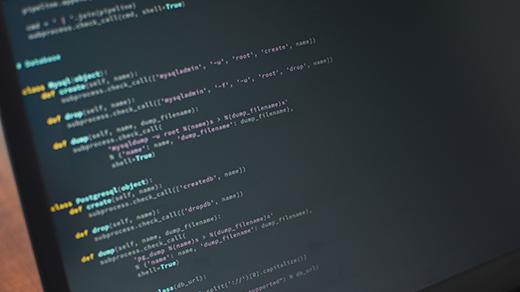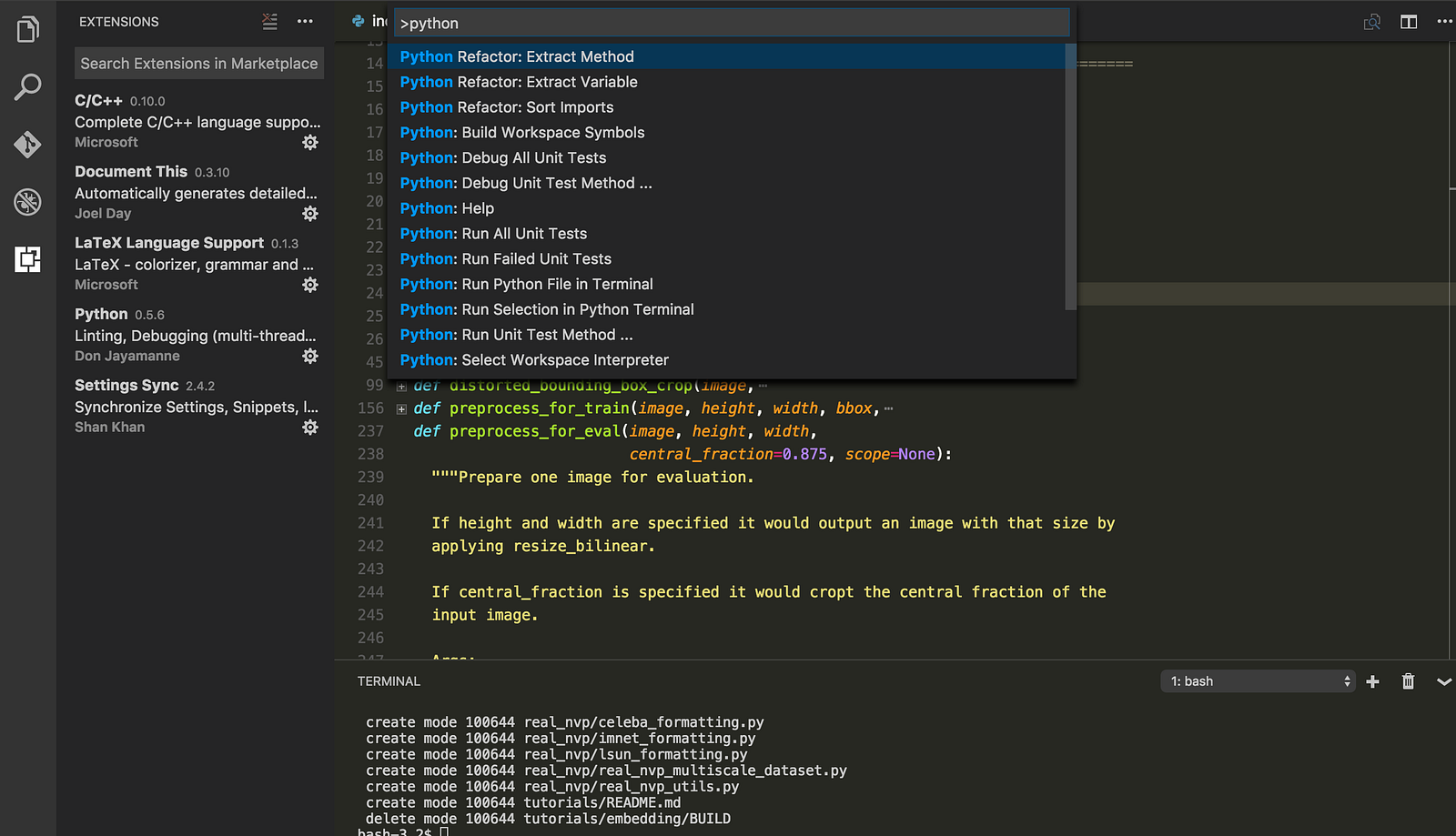

In the text editor: right-click anywhere in the editor and select Run Python File in Terminal.The Python extension then provides shortcuts to run Python code in the currently selected interpreter ( Python: Select Interpreter in the Command Palette): To experience Python, create a file (using the File Explorer) named hello.py and paste in the following code: print ( "Hello World" ) To learn more, go to Developing in WSL or try the Working in WSL tutorial.
Python code formatter full#
When coupled with the Remote - WSL extension, you get full VS Code editing and debugging support while running in the context of WSL.
Python code formatter windows#
You can run Linux distributions on Windows and Python is often already installed. Windows Subsystem for Linux: If you are on Windows, WSL is a great way to do Python development. Learn more in the Python Settings reference. You can configure the Python extension through settings. If VS Code doesn't automatically locate the interpreter you're looking for, refer to Environments - Manually specify an interpreter. Once you have a version of Python installed, activate it using the Python: Select Interpreter command.
Python code formatter install#
For a quick install, use Python from and install the extension from the VS Code Marketplace. You must install a Python interpreter yourself separately from the extension. The tutorial guides you through installing Python and using the extension. Python Hello World Tutorial Install Python and the Python extension For a walkthrough of editing, running, and debugging code, use the button below. This article provides only an overview of the different capabilities of the Python extension for VS Code. It leverages all of VS Code's power to provide auto complete and IntelliSense, linting, debugging, and unit testing, along with the ability to easily switch between Python environments, including virtual and conda environments. The extension makes VS Code an excellent Python editor, and works on any operating system with a variety of Python interpreters.

Working with Python in Visual Studio Code, using the Microsoft Python extension, is simple, fun, and productive. Configure IntelliSense for cross-compiling.It seems that PyRight is not supporting range formatting yet. Remark: Coc.Nvim support also range formatting if the corresponding language server support it. Make sure the following lines (On a Windows machine) are part of the config. If Coc.Nvim fails to find Black you can configure it explicitly by typing the vim command: This can be achieved using the following shell command: The :Format command format the entire file.įor that to work you'll need to have Black installed. " Requires 'textDocument/selectionRange' support of language server. vimrc file to add Format support: " Add `:Format` command to format current buffer.Ĭommand! -nargs=0 Format :call CocAction('format')

When installed install Pyright support by entering the vim command:Īdd the following line to your. Here is one using Coc.Nvim ( neoclide/coc.nvim)įollow the instructions to install Coc.Nvim How can I configure nvim / lsp servers to properly indent python code? No log messages generated during these formatting attempts in ~/.cache/nvim/lsp.log

I tried to install different language server ("jedi-language-server") instead of "pyright" - and the result is approximately the same: both servers function properly (for example "go to definition" functionality works fine) but not auto-formatting is available. I tried to trigger format explicitly by executing the following command: :lua ()īut get following error message: Format request failed, no matching language servers. I expected that neovim integrated with language server will automatically indent the code, but somehow it does not happen. According to pep8 rules it should be formatted like this: x = get_value_of_x("aaaaaaaaaa", "bbbbbbb", "ccccccc", For example I write the following function call: x = get_value_of_x("aaaaaaaaaa", "bbbbbbb", "ccccccc",Īs you can see this code is not properly formatted. :LspInfo command confirms that "1 client(s) attached to this buffer" and this client is pyright. So now when I open a python file I get some warnings produced by pyright. I have configured neovim to use the pyright language server. I have installed pyright language server on my system ( pip install pyright) I have neovim/nvim-lspconfig plugin installed.


 0 kommentar(er)
0 kommentar(er)
